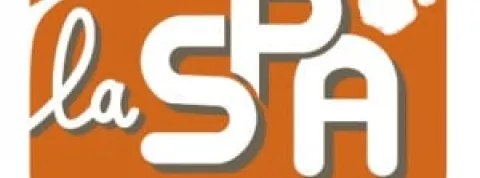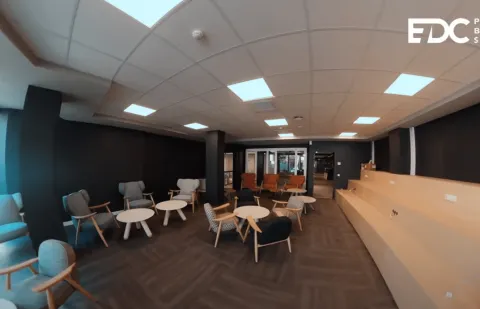
Case SPA "Société Protectrice des Animaux (SPA), conquering young donors, the quantitative study".
The SPA, founded in 1845 and recognized as a public interest organization since 1860, aims to "improve the lot of animals by all means within its power, to ensure the application of the legislative and regulatory provisions protecting them and to provide them with assistance; to participate in popular education in this sense".
In France, this association runs shelters where abandoned pets can be adopted, pound facilities and animal care clinics. It takes action against animal mistreatment through a network of volunteer delegate-investigators and inspectors, who work in liaison with the SPA's legal/animal protection department to prosecute those suspected of animal mistreatment.
Like most charitable organizations, it relies on the generosity of its donors and volunteers to carry out its activities. Today, the SPA's donor profile is aging (70% women and a majority of donors over 60), and it needs to find new donors. It wants to rejuvenate its target and is wondering what are the most effective ways of raising awareness among young people aged 18 to 30.
The SPA's head of communications asked the EDC students what they could do to attract a younger target group of donors. The students conducted a quantitative survey of this target group, the subject of a previous case filed with the CCMP. In the present case, the SPA decided to carry out a quantitative survey, on the basis of which it intends to develop its actions, particularly in terms of communication.
The case is divided into two parts: part A and part B. In Part A, students are asked to define the marketing problem, the problem and the research questions, and then, after reading the report on the qualitative survey, to draft a questionnaire structured by theme, with the various response options. The aim is to teach students how to write a market research questionnaire.
In the animation of this case, the teacher corrects the questionnaires drafted by the students and then distributes to them the standard questionnaire that was actually asked of young people aged 18 to 30 by internet, during the mission given by the SPA. He also gives them part B of the case, which consists of an Excel spreadsheet recording the various answers to the questions in the questionnaire given to the EDC students by SPA. The students are asked to carry out a univariate analysis of the results, then to determine which questions need to be cross-tabulated and to perform bi-variate analyses (Le Sphinx IQ2 software is used to perform these analyses). Students are asked to validate the validity of these cross-tabulations using statistical tests. Based on the results, the students are asked to make recommendations to the SPA that respond to their study problem and their marketing problem. The case study thus makes the link between the marketing problem, the research problem and the research questions, the research methodology (in this case, qualitative focus group research and quantitative online questionnaire research), and provides training in the drafting of a quantitative questionnaire, structured by theme, and in the analysis of the results, as well as in the recommendations based on these results, which should enable the decision-maker to answer his or her marketing questions. It's interesting to note that the SPA has since actually implemented the recommendations made by the EDC professors, i.e., a much stronger presence in poster advertising, as well as an online site showing the different animals available for adoption by shelter, and a presence on social networks.

